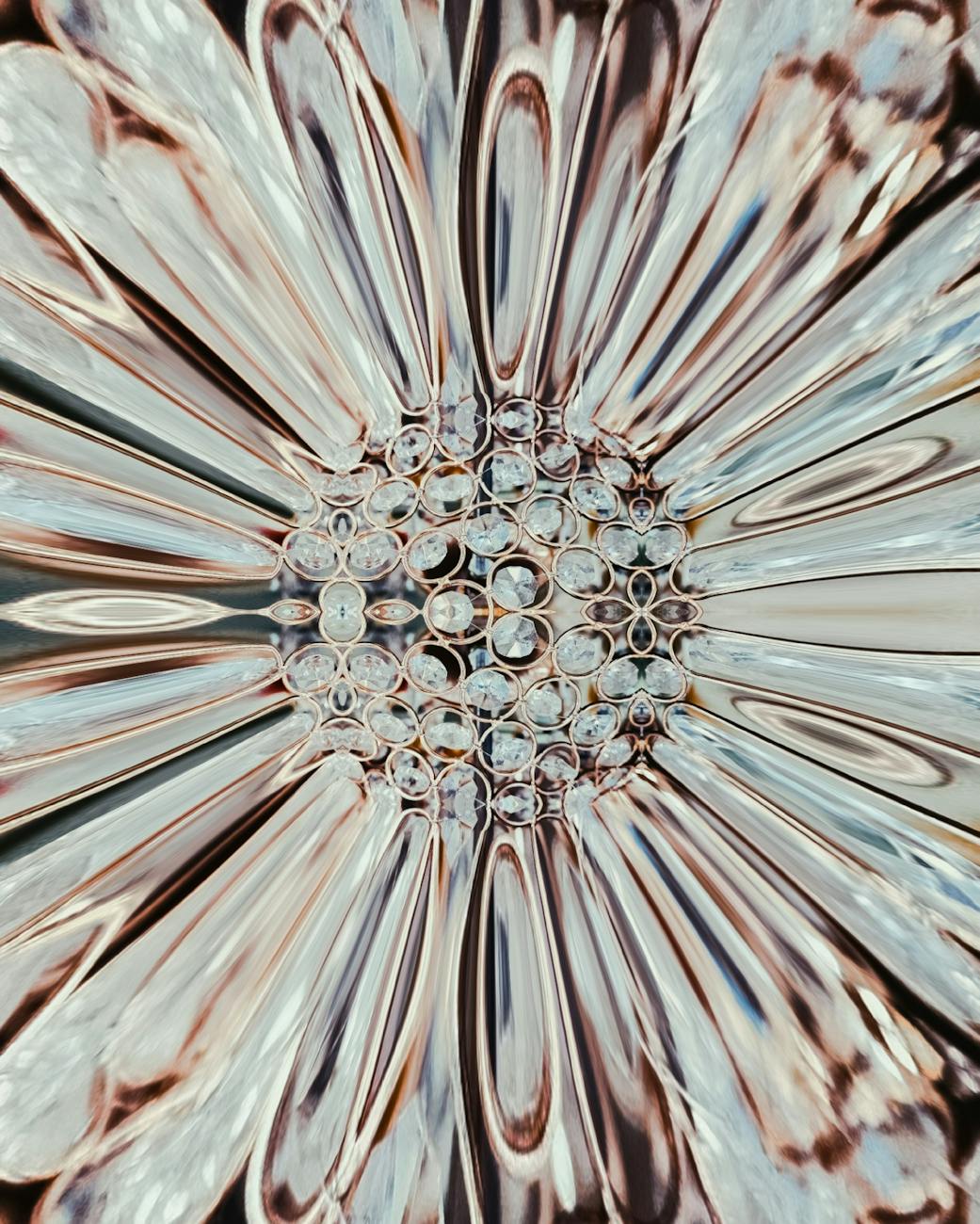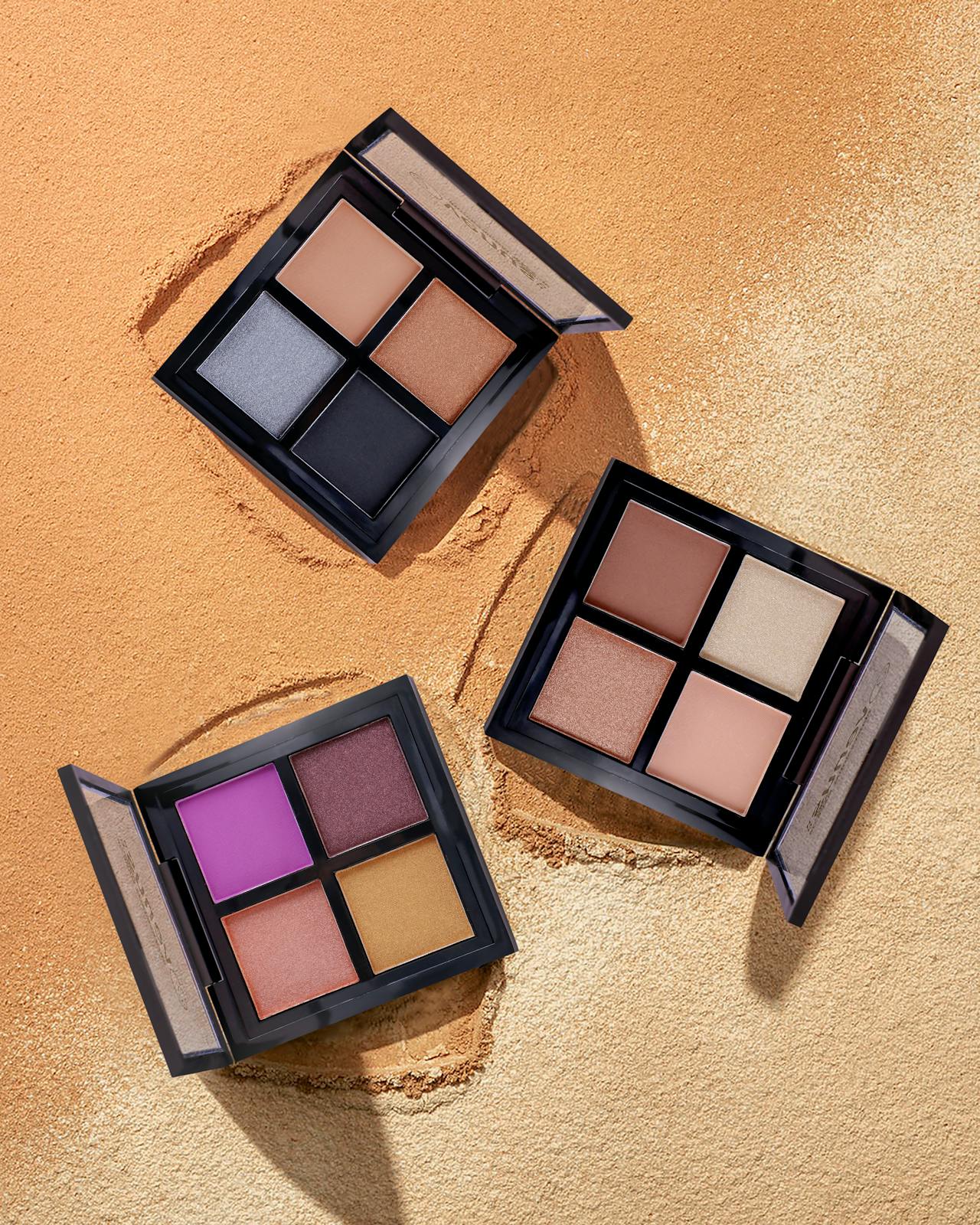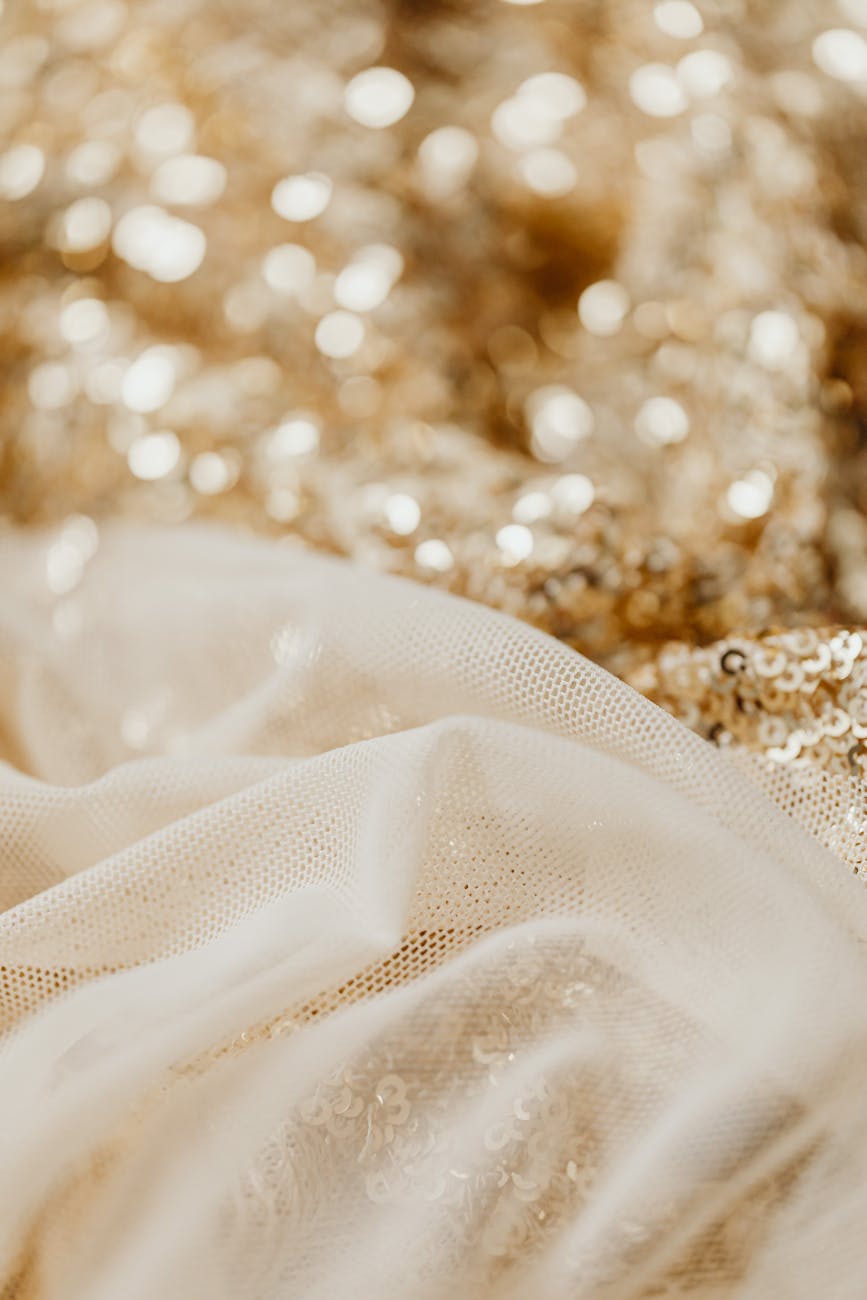Jewelry has been a part of human culture for thousands of years. From ancient civilizations to modern fashion houses, jewelry has always been a symbol of beauty, status, and self-expression. Today, it is not only worn for style but also for emotional and cultural reasons. Whether buying a gold necklace, diamond ring, or simple silver bracelet, jewelry continues to hold a special place in daily life.
This article explores the history of jewelry, the different types of jewelry, and some practical tips to follow when shopping for jewelry.
The History of Jewelry
The history of jewelry dates back to ancient times. Archeologists have discovered beads made of shells and stones worn more than 100,000 years ago. Jewelry in those days was not just decoration. It carried meanings of protection, wealth, or belonging to a group.
Jewelry in Ancient Egypt
The Egyptians are famous for their love of gold and precious stones. Pharaohs and queens wore elaborate necklaces, rings, and crowns. Jewelry was buried with the dead, as it was believed to help them in the afterlife. The blue stone lapis lazuli was one of the most prized gems of that time.
Jewelry in Ancient Greece and Rome
The Greeks valued jewelry for its elegance. They used gold, silver, pearls, and colored gems in designs that reflected mythology and nature. In Rome, jewelry became a display of wealth and social rank. Rings, especially signet rings, were important because they served as symbols of identity and power.
Jewelry in India
India has one of the oldest jewelry traditions in the world. From temple jewelry to bridal ornaments, gold has always been highly valued. Even today, jewelry is not only a form of beauty in India but also a financial investment and a symbol of prosperity.
Jewelry in the Middle Ages and Renaissance
During the Middle Ages, jewelry was mainly worn by royalty and the wealthy. Religious themes were common, and gemstones were believed to have healing powers. In the Renaissance, jewelry design became more artistic, with innovations in cutting and setting stones.
Modern Jewelry
The industrial revolution made jewelry more accessible to the middle class. New metals and gemstone cuts became popular. In the 20th century, famous jewelry houses like Cartier and Tiffany shaped trends. Today, jewelry ranges from luxury brands to affordable fashion accessories, making it available to everyone.
Types of Jewelry
Jewelry comes in many forms, each with its own meaning and use. Here are the most popular types:
Rings
Rings are perhaps the most symbolic type of jewelry. Engagement rings and wedding bands symbolize love and commitment. Other rings, such as gemstone or cocktail rings, are worn for fashion. Rings can be made of gold, silver, platinum, or even titanium.
Necklaces
Necklaces range from simple chains to elaborate statement pieces. Pendants, lockets, chokers, and pearl strands all fall under this category. Necklaces often highlight the neckline and are used for both casual and formal wear.
Earrings
Earrings are one of the oldest forms of jewelry. They come in different styles such as studs, hoops, danglers, and chandeliers. Earrings can be made with diamonds, pearls, or colorful gemstones. They are popular among both men and women across cultures.
Bracelets and Bangles
Bracelets are flexible pieces worn around the wrist, while bangles are solid, circular forms. In India, bangles hold cultural importance, especially for married women. In Western fashion, bracelets like charm bracelets and cuffs are widely loved.
Brooches and Pins
Brooches are decorative pins often worn on clothing. They were once used to fasten cloaks but later became ornamental. Today, vintage brooches are considered collectibles and are also making a comeback in fashion.
Anklets and Toe Rings
Anklets are especially popular in Asia and the Middle East. Toe rings are also a traditional piece of jewelry in India, often worn by married women. These types of jewelry add a cultural touch to personal style.
Body Jewelry
Modern jewelry also includes body piercings such as nose rings, belly rings, and eyebrow studs. This style is popular among younger generations as a form of personal expression.
Popular Materials Used in Jewelry
Jewelry can be crafted from a wide variety of materials. Some of the most common include:
- Gold – Known for purity, value, and traditional significance.
- Silver – Affordable and versatile, but can tarnish over time.
- Platinum – Durable, rare, and often used in engagement rings.
- Diamonds – The most popular gemstone, symbolizing love and eternity.
- Pearls – Classic and elegant, often used in necklaces and earrings.
- Gemstones – Rubies, emeralds, sapphires, and amethysts add color and uniqueness.
- Modern materials – Stainless steel, titanium, and synthetic gems for affordable fashion jewelry.
Practical Tips When Shopping for Jewelry
Buying jewelry is an investment. Whether purchasing fine jewelry or fashion accessories, keeping a few tips in mind can help make the right choice.
1. Know the Purpose
Think about why the jewelry is being bought. Is it for daily wear, a special occasion, or an investment? Engagement rings and wedding bands require a different approach compared to casual jewelry.
2. Learn the Basics of Gemstones
If buying gemstones, learn about the 4 Cs – cut, clarity, color, and carat. These determine the quality and value of gems, especially diamonds.
3. Choose the Right Metal
Metals differ in durability and maintenance. Gold comes in different karats, silver may tarnish, and platinum is heavier but more durable. Select based on budget and lifestyle.
4. Check for Hallmarks and Certification
Always look for hallmarks or certifications that prove the purity of gold, silver, or platinum. For diamonds and other gems, certificates from reputed labs ensure authenticity.
5. Set a Budget
Jewelry can range from affordable to extremely expensive. Setting a budget beforehand helps in narrowing choices without overspending.
6. Consider Personal Style
Jewelry should reflect personality and taste. A minimalistic person might prefer simple chains, while someone who loves bold fashion may choose statement pieces.
7. Explore Sustainable and Ethical Options
With growing awareness, many buyers prefer ethical jewelry. Lab-grown diamonds, recycled metals, and fair-trade gemstones are eco-friendly options worth considering.
8. Shop from Reputed Sellers
Always buy jewelry from trusted stores or jewelers. Online platforms should have clear return policies and customer reviews to ensure safe buying.
9. Try Before Buying
Fit and comfort are important, especially for rings and bangles. Trying them on ensures the right size and style.
10. Maintain Your Jewelry
Proper care extends the life of jewelry. Clean it regularly, store it safely, and avoid wearing it during rough activities.
Final Thoughts
Jewelry has evolved from being a symbol of survival and power in ancient times to an essential part of personal fashion today. With so many choices available, it continues to hold both emotional and material value. Whether shopping for a diamond ring, a gold chain, or a pair of silver earrings, understanding its history, types, and shopping tips can make the buying process more enjoyable and informed.
Disclaimer
This article is for informational purposes only. Jewelry prices, styles, and materials may vary based on region and seller. Always verify authenticity and consult a professional jeweler before making significant purchases.



